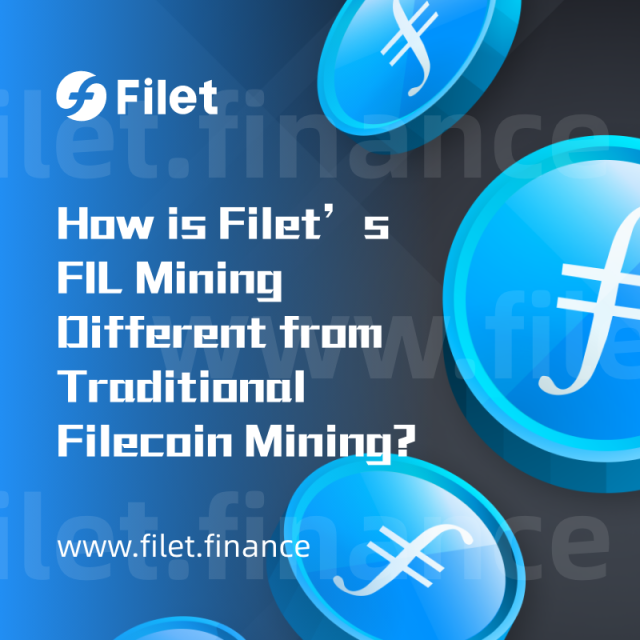In late 2017, decentralized storage and cloud services network Filecoin raised over $257 million in an initial coin offering (ICO) and a presale that included Sequoia Capital, Andreessen Horowitz, and Union Square Ventures, among others.
Today, in terms of used storage and network capacity, it has the largest market share, with its ecosystem now grown to more than 330 projects. Organizations like Protocol Labs, Filecoin Foundation, and Outercore support Filecoin and the growth of its ecosystem through hackathons, accelerators, grants, and mentorship, along with facilitating governance. Various use cases for Filecoin have also emerged in the form of NFTs, Web3, gaming, metaverse, and audio/video.
Filecoin is currently working on launching the Filecoin Virtual Machine (FVM) that will unlock programmable storage primitives, cross-chain interoperability bridges, data-centric DAOs, and Layer-2 solutions.
This peer-to-peer version of AWS aims to build the foundation for data-intensive Web3 services through verifiable storage, but the project is still relatively new. Built on top of the InterPlanetary File System (IPFS), Filecoin uses three distinct mechanisms; Proof of Spacetime (PoSt), Proof of Replication (PoRep), and Proof of Storage (PoSt).
Like Bitcoin, Filecoin miners compete to mine and create blocks, but mining power is directly correlated with active storage. The system is built to create an incentivized structure for miners to accumulate as much storage space as possible, which they then rent to customers.
However, the barrier to entry for a new or beginner Filecoin miner is extraordinarily high due to the need for capital-intensive hardware, machine maintenance, and extensive technical knowledge. Moreover, miners need many tokens for staking to expand their service.
So, if you believe in Filecoin’s future, the better alternative to mine Filecoin is high-growth Filet Finance. We have drastically reduced the barriers to entry from mining Filecoin. Besides avoiding steep technical learning curves, you save on capital expenses by putting your funds in Filet Finance to mine Filecoin.
Staking FIL to Earn More FIL
Filet Finance tokenizes Filecoin mining power and further integrates it into the DeFi ecosystem, allowing you to earn risk-free high returns. Our decentralized mining activity currently supports multiple blockchains, including Binance Smart Chain (BSC), HECO chain (Heco), Filecoin (FIL), and Mixin (XIN).
Our Certik audited project is safe, convenient, and cost-free as you only need to stake FIL tokens that you own. Already 100k FIL is being staked on our protocol to earn more FIL.
Staking is extremely easy as well. Filecoin token holders can download HiWallet and tap on “Filet” to stake their coins. And if you hold your FILs on a chain other than Filecoin, go to our official website and connect to the wallet to stake.
Here, you can stake your tokens with flexible terms that allow you to withdraw your staked FIL at any time, or you can go for a fixed period. The higher the number of fixed days you stake your FIL, the higher your APY. For instance, keeping your funds locked for 180 days gets you 25% APY, while 360 days will get you returns as high as 29%.
You also get to earn passive income on your FIL tokens without being forced to sell them, which are down 91% from the all-time high (ATH). While FIL token weathers the deep drawdown in tandem with the broad cryptocurrency market, you can build your FIL stack for the bull market and finally sell the top. That’s the beauty of Filet Finance.

Appreciate this post. Let me try it out.